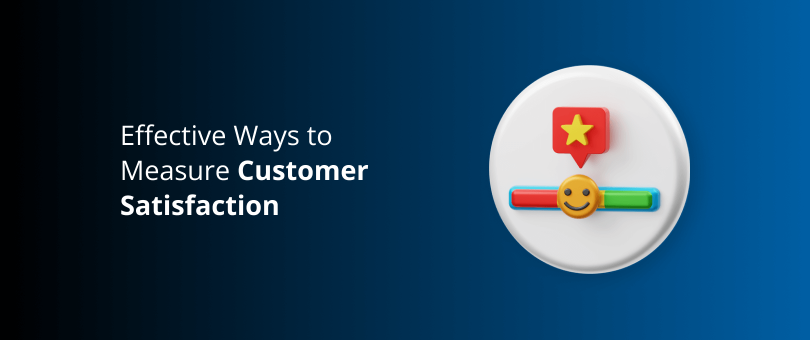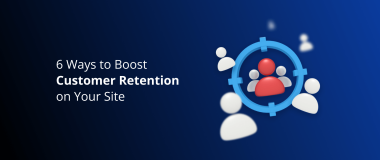Customer satisfaction is the measurement of your customers’ happiness with your product or service.
A happy customer is a loyal customer. Satisfied customers can recommend your product or services to their friends and peers, which will generate more sales for you. Did you know that:
52% of consumers say they have made an additional purchase from a company after a positive customer service experience?
And if this is not convincing enough, in a survey published by HubSpot,
80% of respondents said they’d stopped doing business with a company because of poor customer experience.
In other words, if your customers are not satisfied, they will switch to another provider.
This is why it’s so important to ask your clients for their feedback. And after that, you need to do the necessary improvements. According to Microsoft,
52% of people believe that companies need to take action after their customers’ feedback.
To understand how your audience truly feels about your brand, a good place to start is by asking them directly via a survey. If you are unsure how to conduct a customer satisfaction survey and what steps to take, keep reading. In this article, we are going to share the most common ways on how to measure customer satisfaction as well as some best practices to evaluate how happy your customers are.
Set Your Goals and Create an Action Plan
Before asking your customers to share their opinions about your products or services, you need to have a clear idea of your goals. Ask yourself the following questions:
- What do you want to learn from your clients?
- Why do you need this information and how is it going to help you?
- What possible improvements can you make?
- How are you going to ask for customer feedback?
- What types of customer satisfaction metrics are you going to track? Why?
- Are you going to offer incentives to motivate feedback – coupons, discounts, or fan-status badges?
Having a clear plan and goals is essential. This way you can ensure that the information you gather is packed with valuable insights. After you define your goals, outline your plan of action and decide how you are going to achieve them.
Related article: 10 Ways To Achieve a Better Digital Marketing Plan
Key Customer Satisfaction Metrics
There are different customer satisfaction metrics you can use to estimate your customer satisfaction levels depending on your goals and your key performance indicators (KPIs) . Among the most popular metrics to use are:
- Customer Satisfaction Score (CSAT).
- Customer Effort Score (CES).
- Net Promoter Score (NPS).
We will describe each one briefly so you can have a better understanding of what they can tell you about your clients.
Related article: How Can Customer Lifetime Value Help You Track The Worth of Each Customer
Customer Satisfaction Score (CSAT)
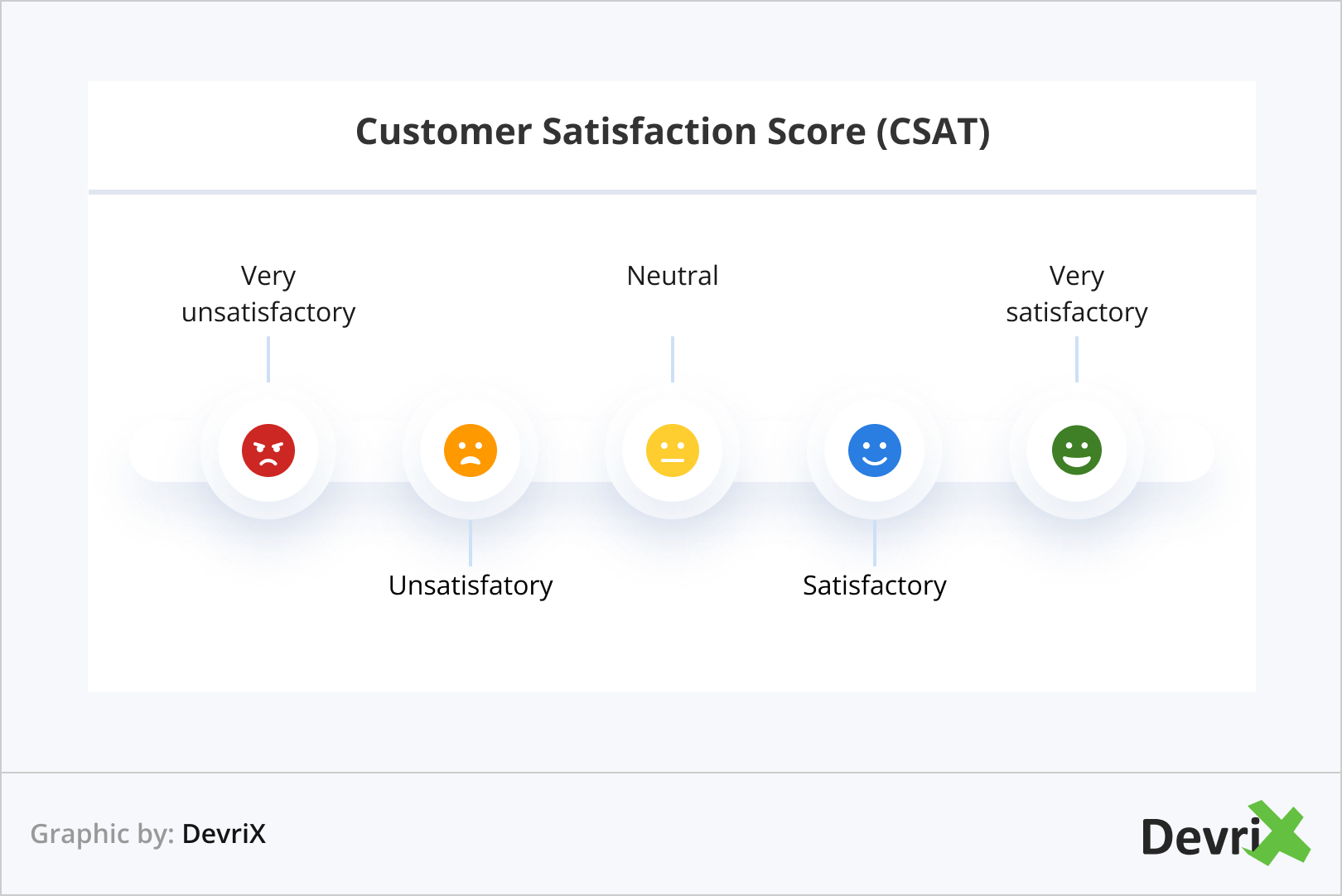
Customer Satisfaction Score is the most commonly used method to measure customer satisfaction. With this score, you can understand how satisfied or unsatisfied your customers are with your product or service.
Usually, customers answer a simple question such as: “How would you rate your experience?”. This is typically measured on a scale of 1-3, 1-5, or 1-7 or by letting customers answer using predefined options: very unsatisfactory, unsatisfactory, neutral, satisfactory, or very satisfactory.
After your clients have filled out the customer satisfaction survey you can calculate the overall customer satisfaction score by adding up the sum of all collected scores and dividing it by the total number of respondents. The more respondents who give a positive answer the higher your score will be.
The CSAT is most useful when tracking short-term sentiment in customer experience before and after you make improvements to your products or services. If the two CSATs vary, you will know whether what you did or didn’t do had a positive effect or not on your customers and then can improve on it, if necessary.
While the customer satisfaction score is easy to calculate, it has its disadvantages. A large part of customers do not enjoy filling out surveys, so your sample data could be too small to get accurate results. Additionally, it has the potential of cultural bias, and there could be ambiguity of what a good score is due to differences between companies and industries.
Net Promoter Score (NPS)

Net Promoter Score is often used to measure the loyalty of customers to a business. It’s estimated with a single question survey and reported as a number between -100 and +100. Since you can’t measure how loyal your customers are by using CSAT’s, you can use NPS.
The single simple question used tends to be in the realm of “How likely is it that you would recommend this product/brand to a friend or colleague?“. The possible answers could be organized into the following groups:
- Very likely (Promoters)
- Neutral (Passives)
- Not at all likely (Detractors)
The good thing about the NPS is that the question is pretty straightforward and easy to answer. It doesn’t require much effort on your customers’ part to answer, nor time.
Customer Effort Score (CES)
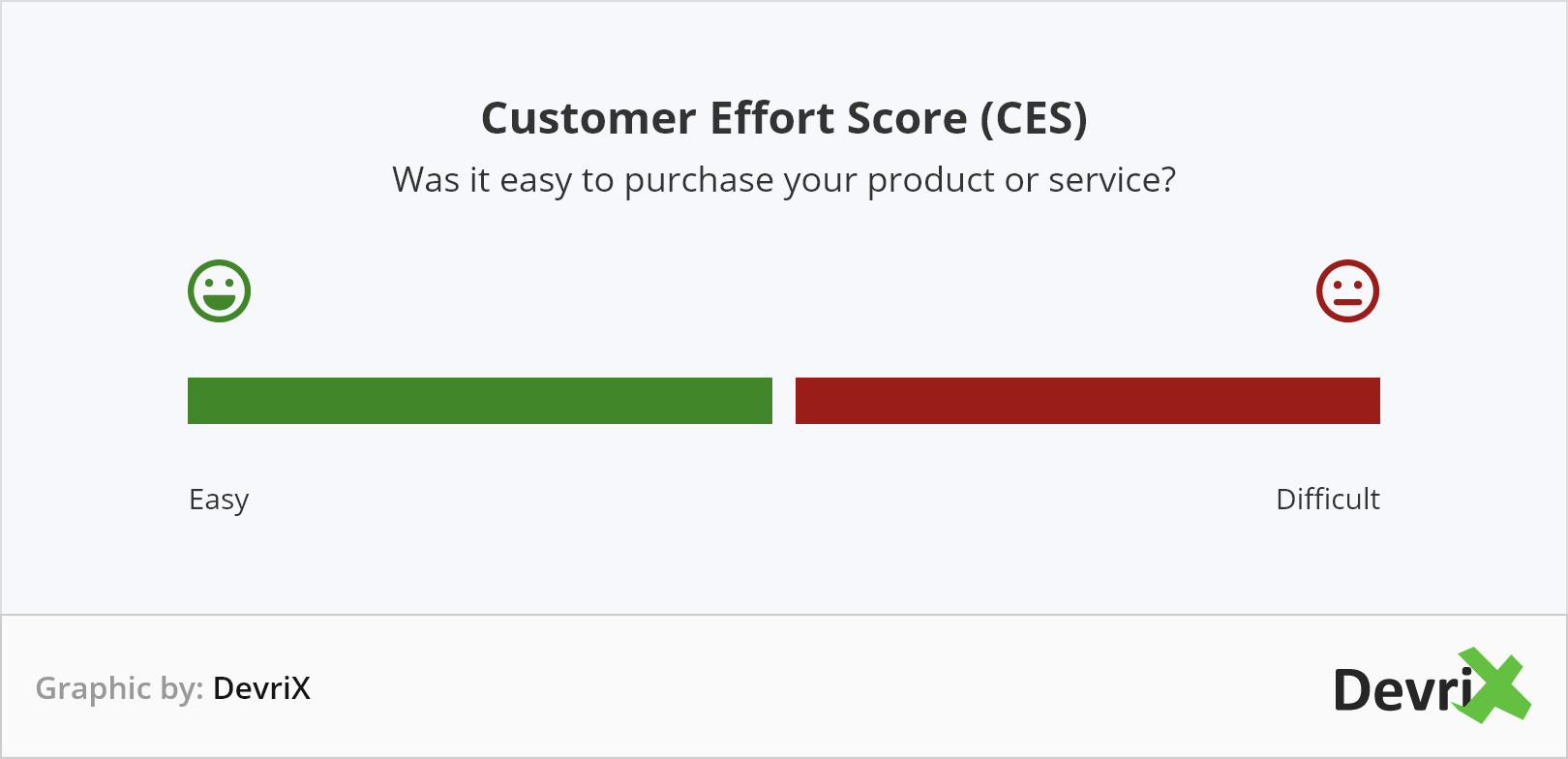
Customer Effort Score measures customer satisfaction by asking clients to gauge the ease of their experience. It’s a service metric that evaluates how much effort your audience puts in to interact with your brand. Such interaction can be related to how easy it was for them to solve their problem using your product/service, or how much effort it took them to learn how to and then use your product.
The questions you might ask could be along the lines of, “Was it easy to purchase your product or service?”.
You can use a scale from 1 to 5, where 1 = very easy to handle the problem, and 5 = it was complicated to finalize a purchase or receive support for the service.
In this case, the lower your score is, the better the experience was for the customers.
Pro Tip: If you want to receive more valuable customer feedback from your audience, you could add an open answer box with an additional question where customers would have more freedom to share their experience.
Receiving Feedback With Customer Satisfaction Surveys
The above-described methods for receiving customer feedback are pretty common for most companies. The good thing about these three styles is that they are easy to complete and thus respondents will be more likely to share their opinion if they only need to click on one button.
However, if you need to dig deeper to better understand your customers’ needs, you can create longer customer satisfaction surveys and add them to your website or send them via email to repeated customers.
The good thing about these surveys is that you can customize them according to your needs. This is the most straightforward way of giving your customers a chance to share their opinion.
You can include additional questions like demographics, for instance. Just make sure you really need this information. Don’t waste your customers’ time asking for details that you won’t use later. Remember that short surveys usually have better completion rates.
Related article: How to Use Customer Surveys to Improve Your Product
Here are a few types of customer satisfaction surveys you can try:
- In-app Customer Surveys: These can be inserted into your website’s interface and give back an immediate reply from your customers even while they’re using your service, which can give you a high response rate.
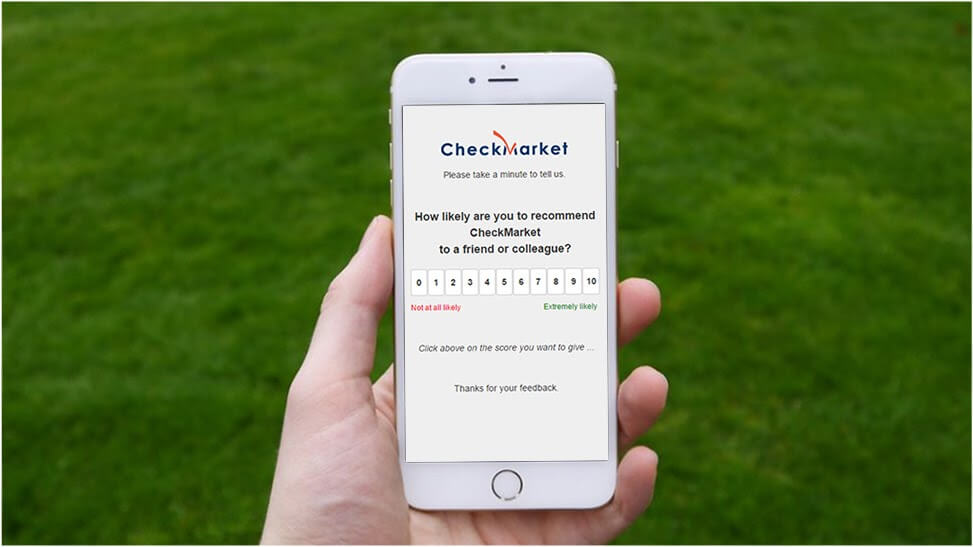
Source: Checkmarket.com
- Post-Service Customer Surveys: Usually, this is a way to follow-up and ask your customers to share their opinions immediately after a service interaction. You can do it via chat, phone, or email.
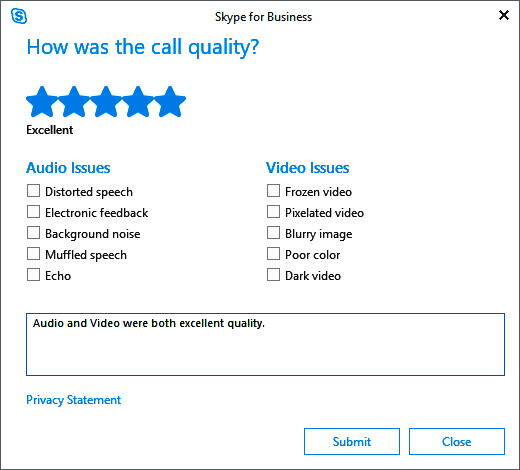
Source: HubSpot
- Email Customer Surveys: If you need detailed information an email survey is the way to go. These often have the lowest response rate, as they require some time investment from your customers. However, the big advantage is that you can receive more valuable and constructive customer feedback.

Source: Getfeedback.com
- Volunteered Customer Feedback: Create a place on your website dedicated to comments or checkboxes where the customers can answer if they want to. Keep in mind that most of them won’t bother if they don’t have an interest in giving feedback. You can encourage them anyway by offering incentives like a small discount or freebie.
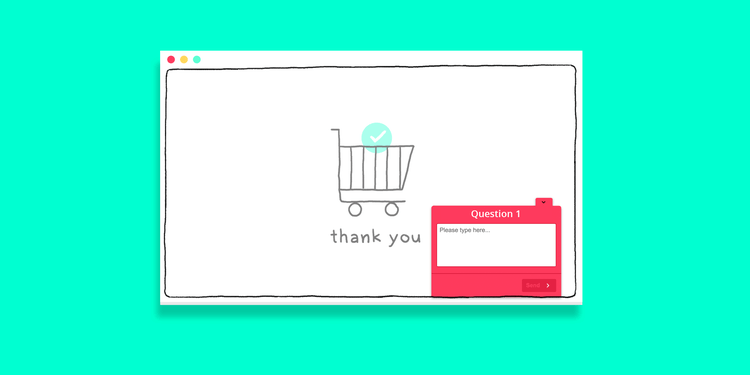
Source: Hotjar
Crafting Your Customer Satisfaction Survey: Best Practices
Creating customer satisfaction surveys is one thing, but nudging your customers to answer is another. Let’s quickly list some good practices for a better response rate:
- Ask relevant and precise questions. Keep them as short as possible.
- For the replies, use multiple choice (closed) options combined with fields for open answers to give customers the opportunity to answer quickly and give further details.
- Don’t use misleading questions. Keep it unbiased. Otherwise, you are risking the trust of your customers.
- Make your ratings consistent and clear. Decide whether you are going to use stars, numbers, or smiley faces and apply them to all your surveys. Don’t mix styles.
- Do not make replies obligatory, leave it to customers to decide whether to give you their feedback or not
Gather Survey Feedback and Analyze
Once you’ve collected all the needed data, it’s time to analyze it. This is the most important part of the whole process, so pay close attention! If you don’t change anything after the customer feedback, it’s better not to waste your customers’ time. You have defined your goals, now check how the survey has achieved them.
What are the next steps after collecting data from your clients? Your plan could look something like this:
- Improve the user experience based on the feedback.
- Focus on customer support with the most frustrated clients.
- Provide proactive support, such as customer education or knowledge base.
- Try different live chats, email scripts and customer service strategies.
- Improve your product’s quality.
Related article: How to Improve Customer Service Satisfaction for a Tech Business
Your customer data will provide powerful insight into how the respondents feel about your products and what possible improvements you can make.
Depending on the way you’ve measured your customer satisfaction, the process could be simple or require additional help from specialists.
The customer satisfaction metrics mentioned in this article usually won’t require complex analysis, but it all depends on the amount of collected data and the technology that will process it. For a big company, it could be difficult to analyze without a dedicated person.
Wrapping up
Measuring customer satisfaction is crucial for your business. This is a good way to speak directly to your customers and ask them what they think about your business and how you can improve.
If you keep your customers happy, they will stay loyal. Loyal clients are more likely to spend more money and buy from you. Not to mention, they might recommend your brand to their friends or colleagues.
Are you ready to make your customers happy? Don’t think twice about it and prepare your customer satisfaction surveys.
